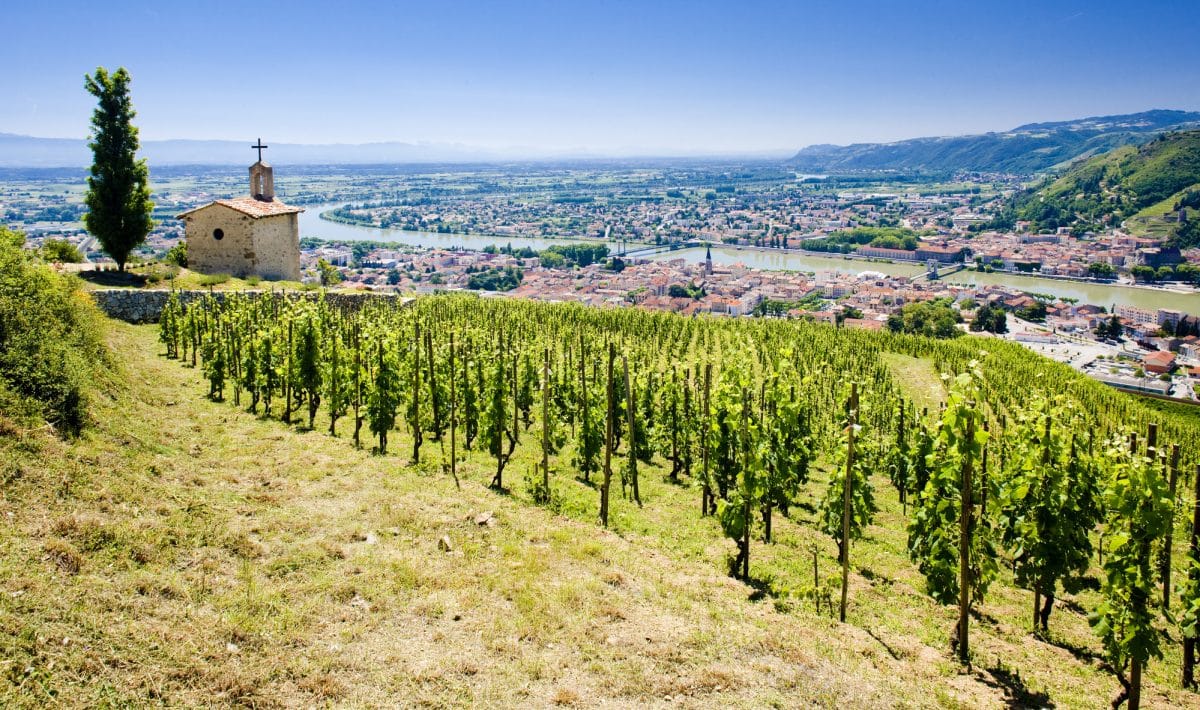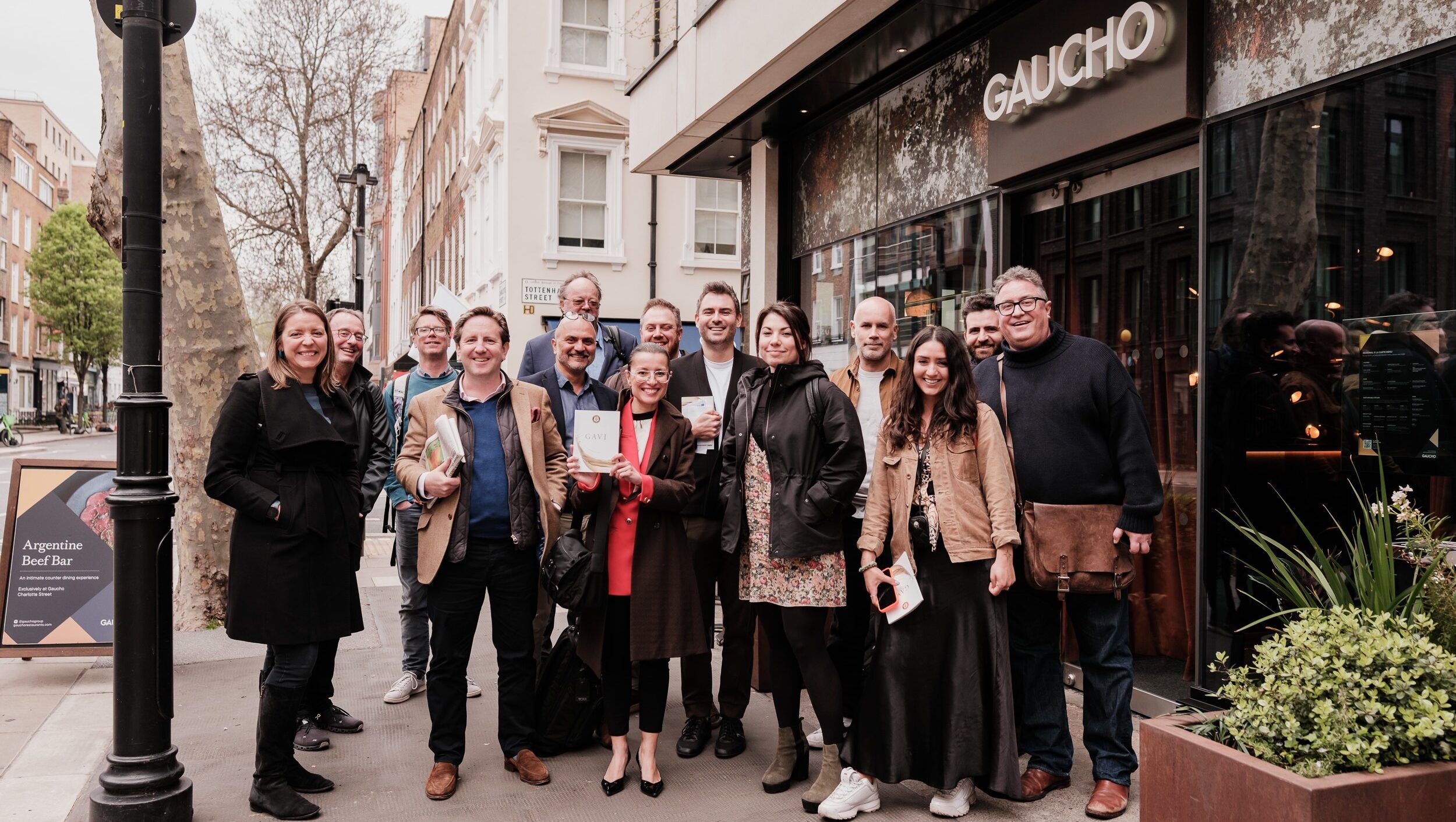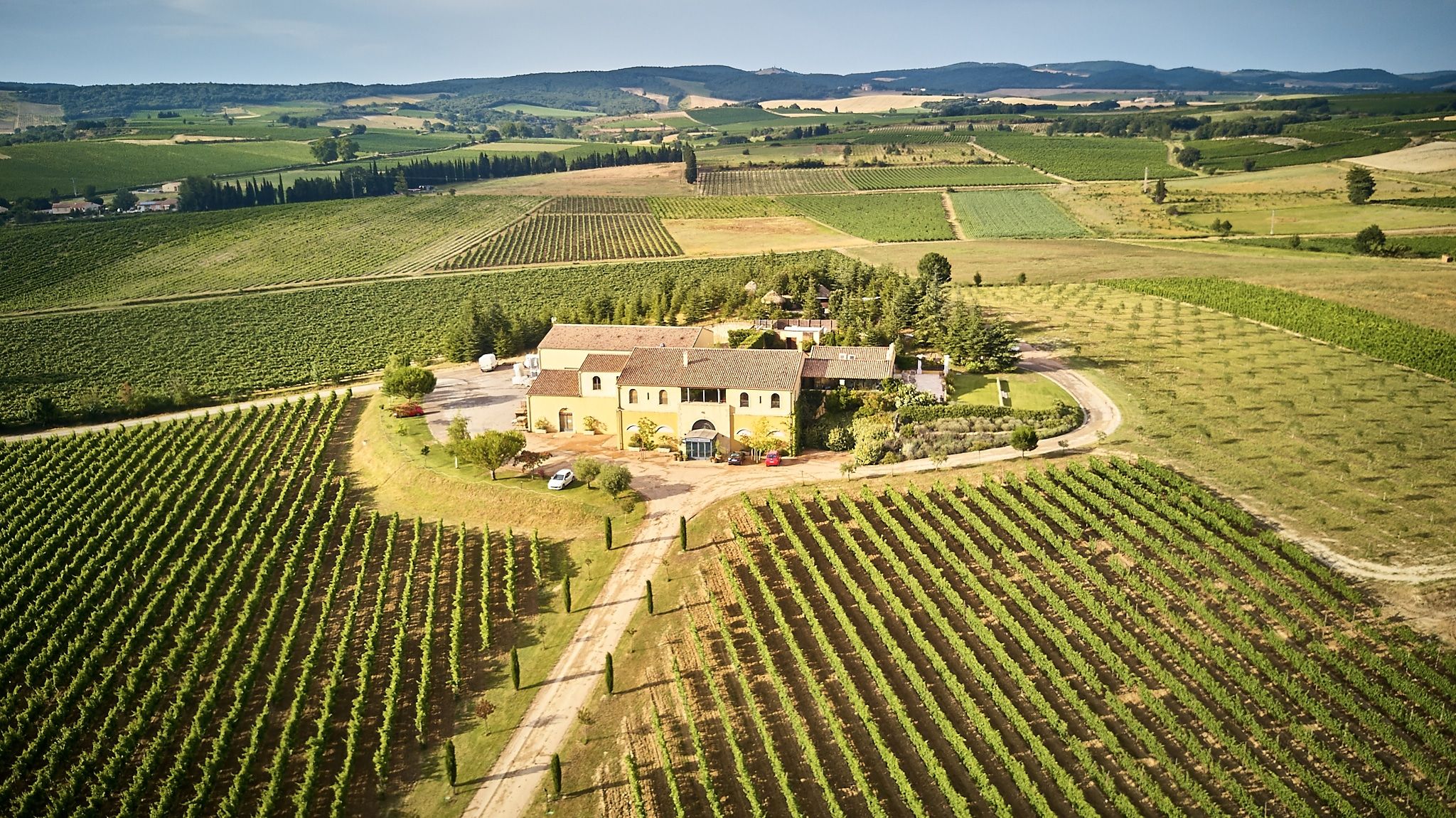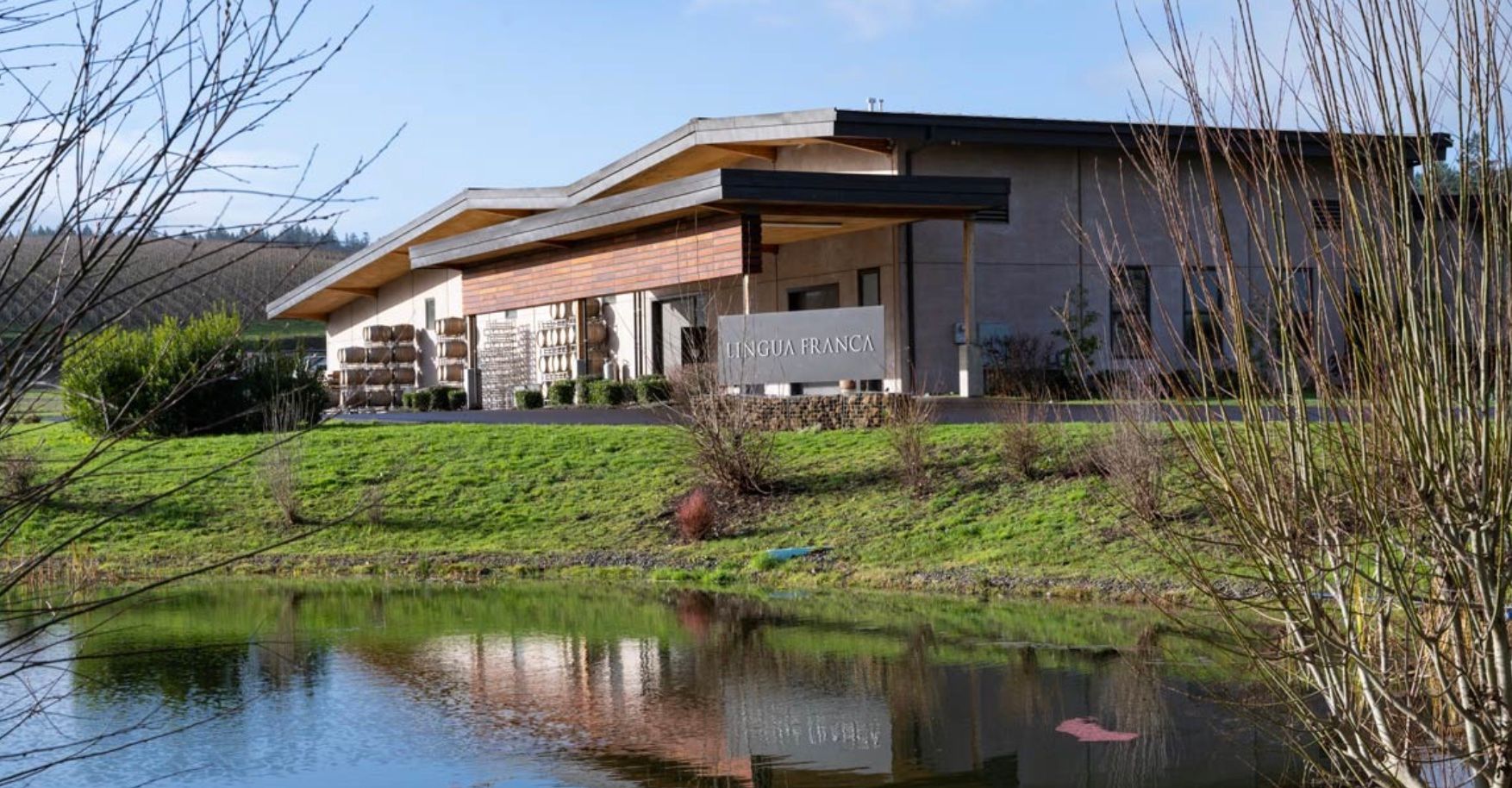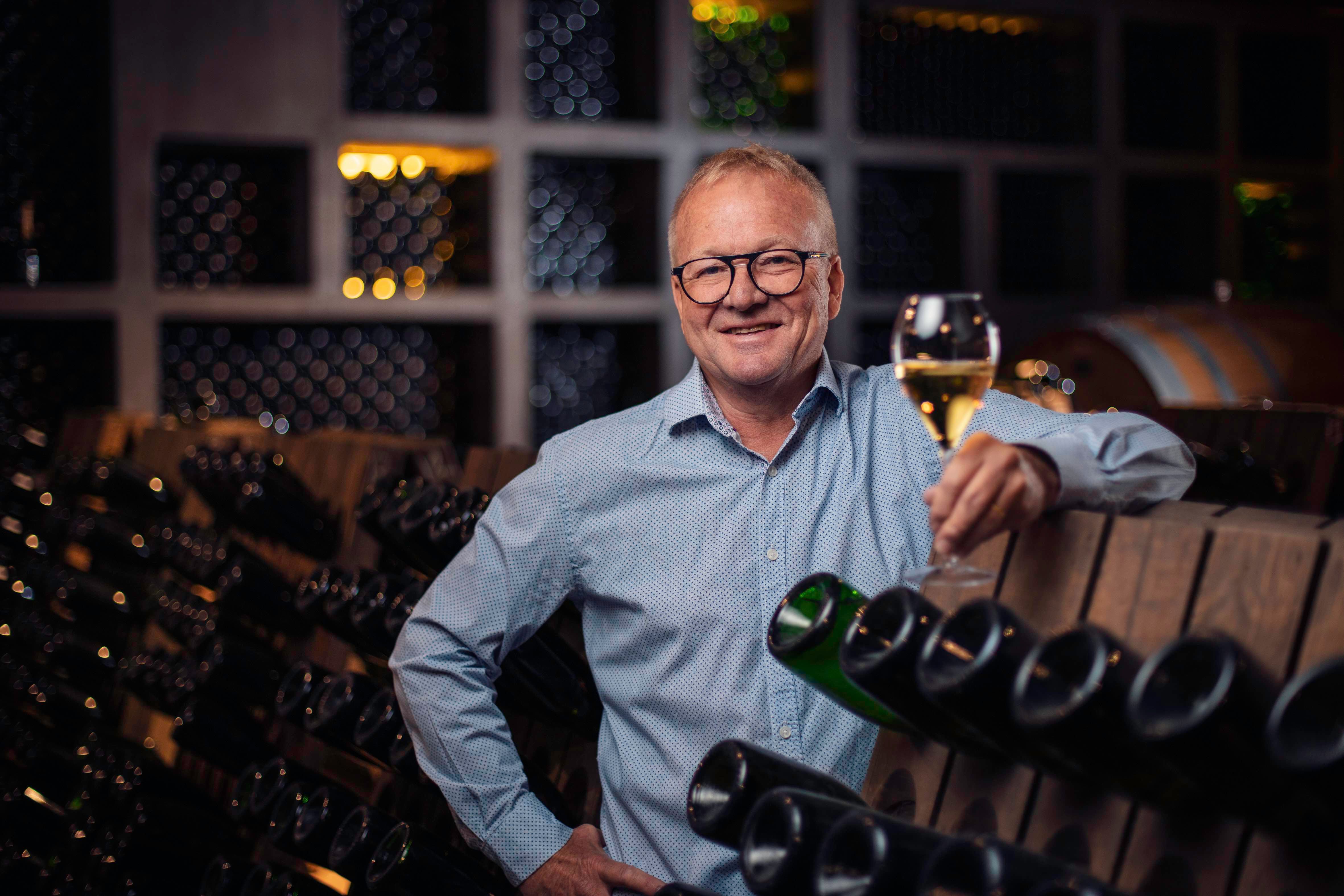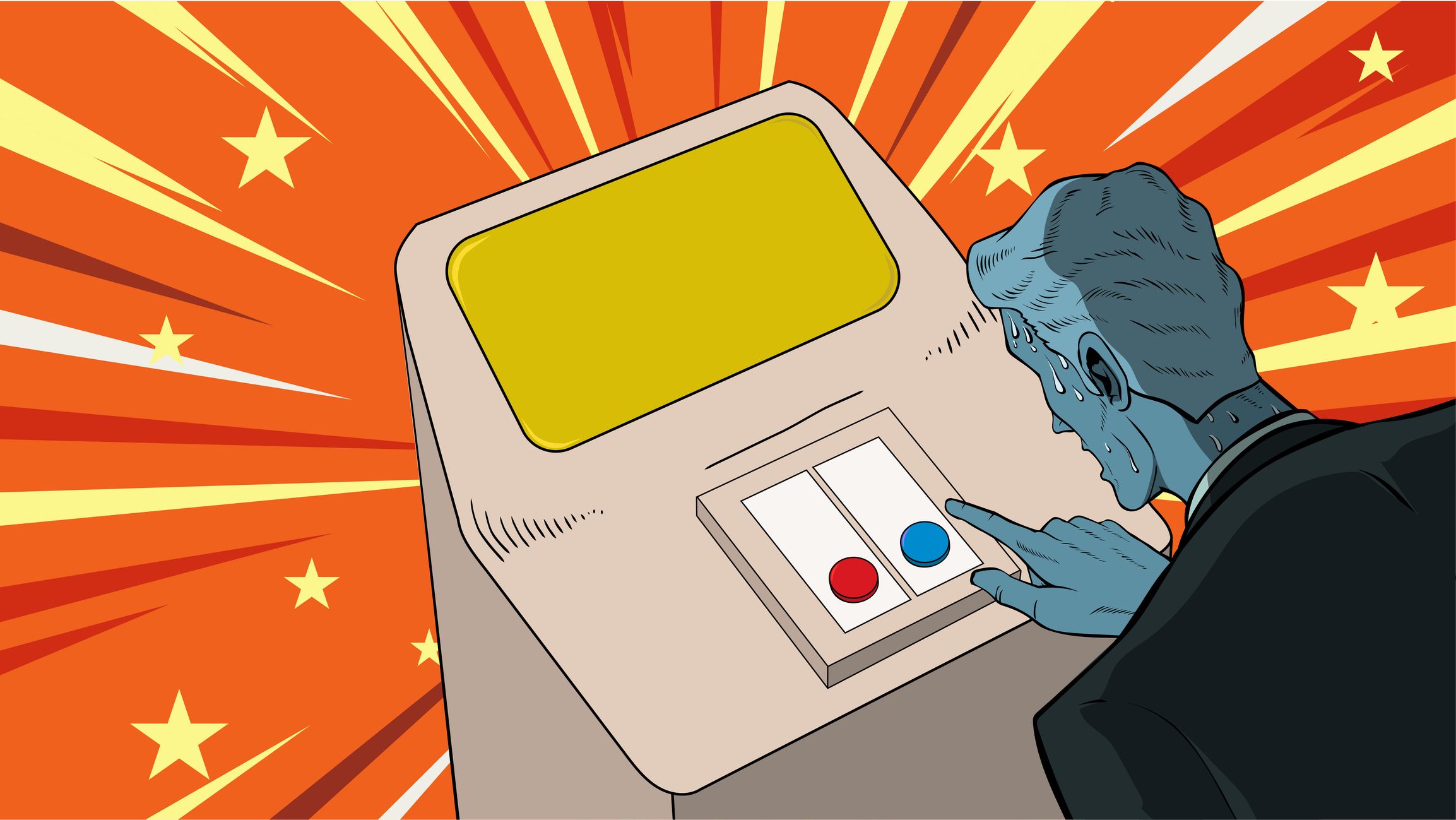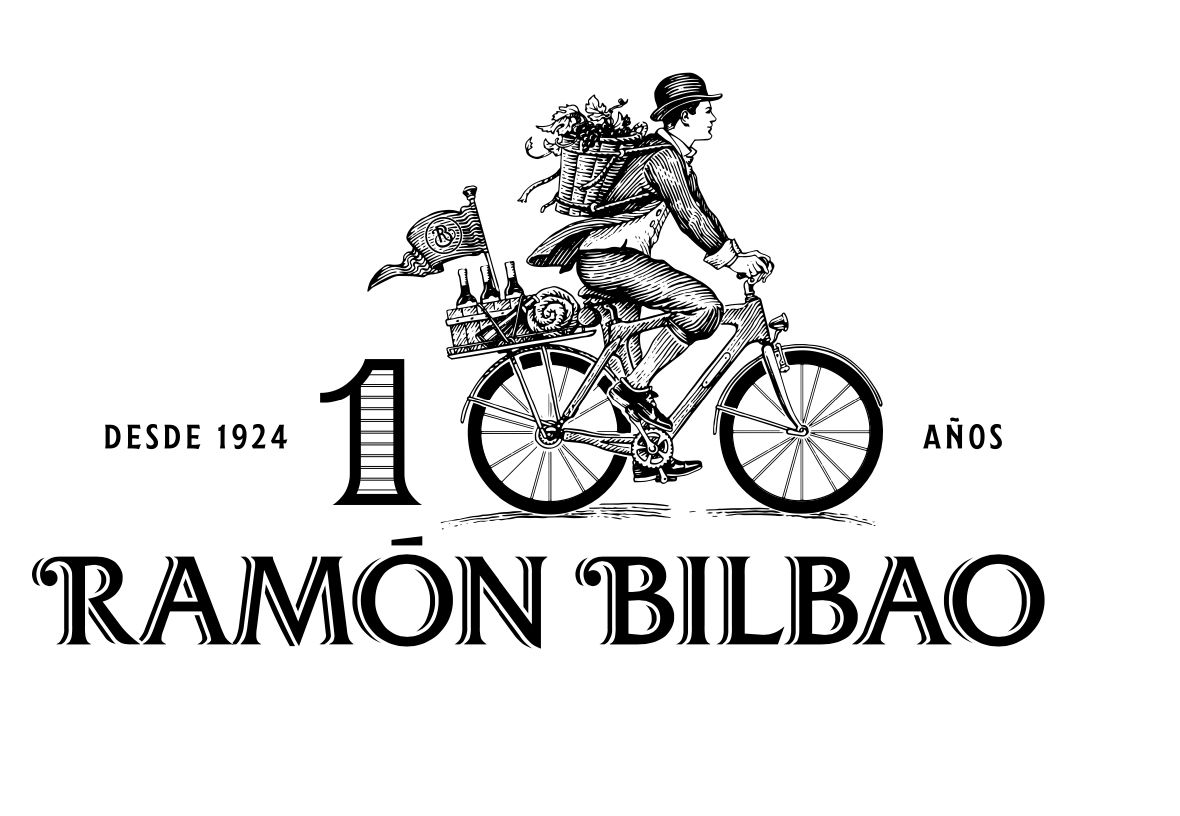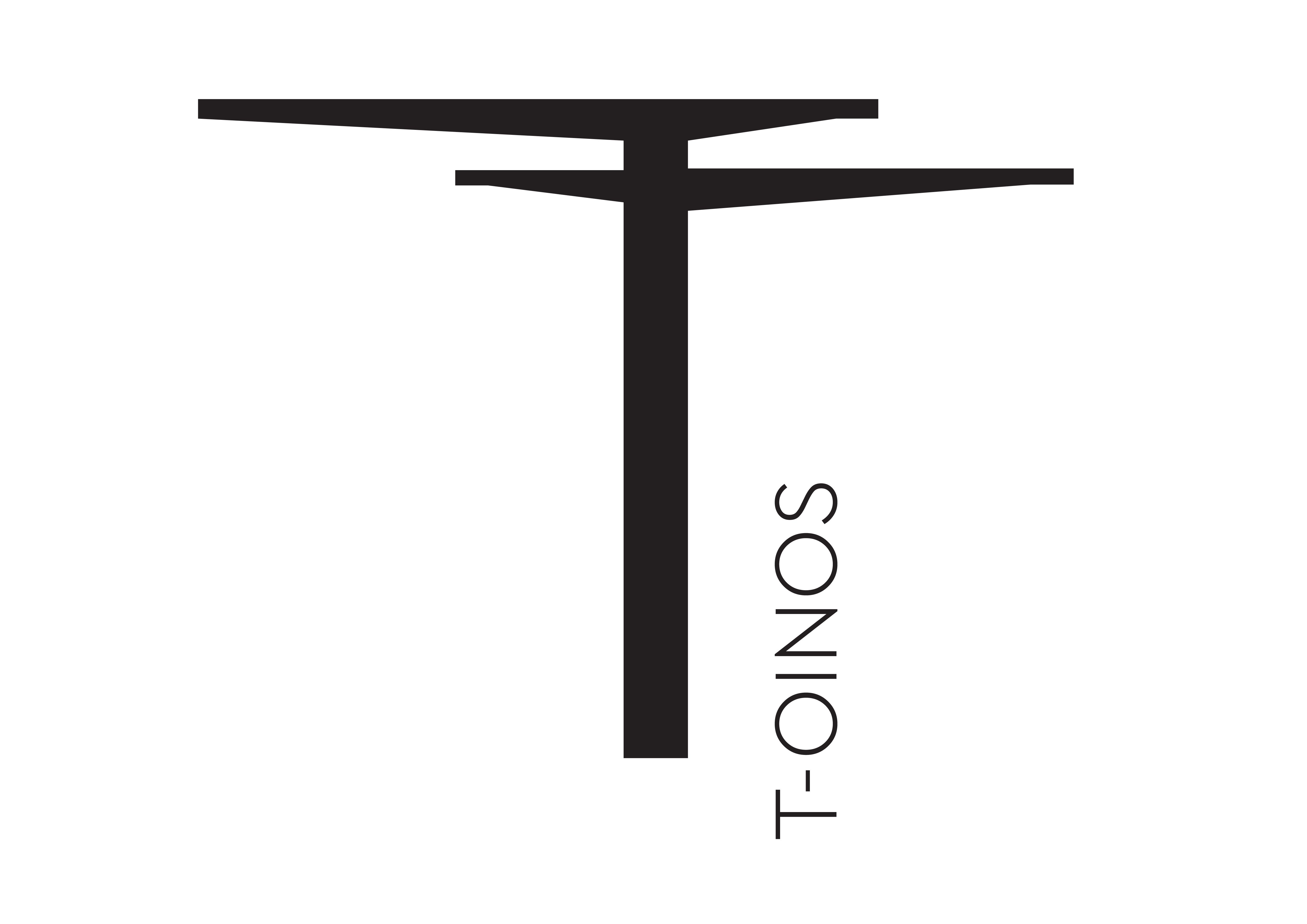How online retailing and selling drinks direct to consumers is opening up a new revenue stream for the on-trade whilst giving smaller, artisan producers a chance to get their foot in the door.
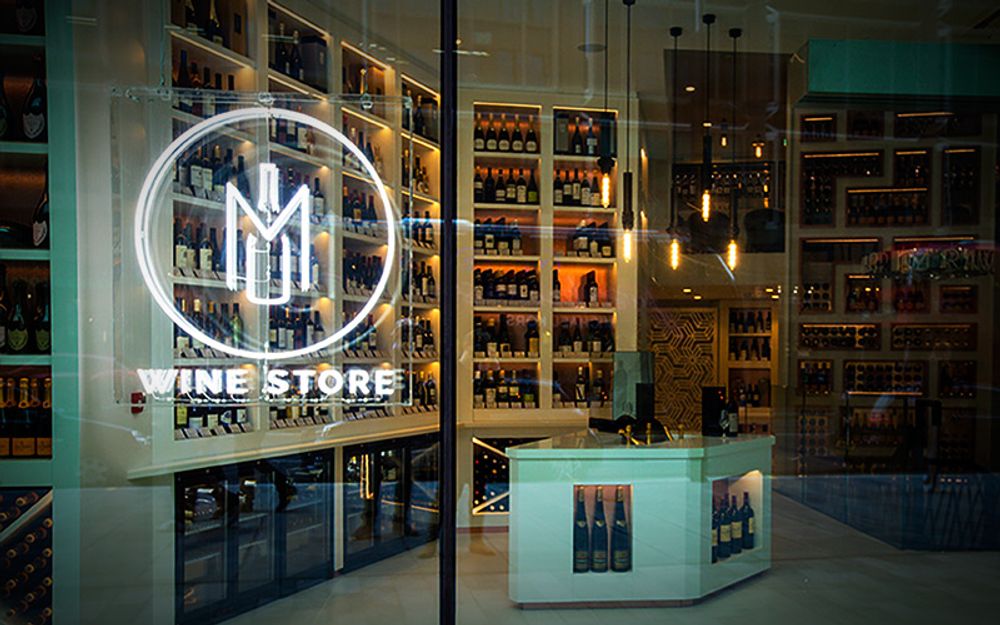
The M Wine Store is the first thing customers see when visiting M at Victoria
Just 10 years ago the Cava house Freixenet would have us all believe that their bubbles where riddled by hand – and not by industrial gyro pallets. The internet has changed all that. Today any producers’ story is there to be seen, read and searched online. Large wineries of today must therefore approach a marketing strategy more similar to multinational spirits companies, a lifestyle, rather than product-based model.
But whilst the major producers, often backed by big marketing organisations such as the Consejo Regulador del Cava, have been successful in telling those stories, it is much harder for small artisanal producers to be noticed by consumers and buyers in the trade.
Yes, there is certainly more interest in small-scale producers amongst on-trade buyers, but interest in not enough, these wines often struggle to reach buyers due to a production volume too small for the traditional distribution channels. On top of that, sommeliers often gravitate towards the same wines, making them sell out quickly in any given market.
In London M Restaurants founder Martin Williams and director of wine, Zack Charilaou, have opened a wine store next to one of the restaurants. Which is opening up a whole new opporutnity for producers, who would not normally be able to get a full listing, to be considered for space in the retail shop or online. At the M Wine Store guests can order wines that normally would be difficult to list in a restaurant.
As Charilaou explains: “I am more likely to take on small, unique, boutique wine in the M Wine Store, just because volumes are less of a problem.”
“Whereas for any wine listed for the restaurant I need to be confident there is enough stock to be able to supply the higher demand. In the shop it’s different, when the bottles are sold out I just purchase something new”, said Charilaou.
The way the store is presented also gives producers of different sizes the chance to stand out. Wines are not only organised by traditional parameters such as country of origin, but also as `Icons´, a line of wines that are accepted as classics in the wine community. A great help for people that want to be able to separate the “originals” from the “copy-cats”. Wines such as Robert Mondavi Winery Reserve and Henschke Hill of Grace are put into the right context regardless of their price.
The `Icons´ section alone shows that the team behind the store has great insight in to what is happening across this increasingly saturated wine business. Price alone is no longer, perhaps has never been, flawlessly connected to the pedigree of the wine. The price range for the `Icons´ starts at £30 per bottle all the way to £3,250 for the 2005 Château Pétrus.
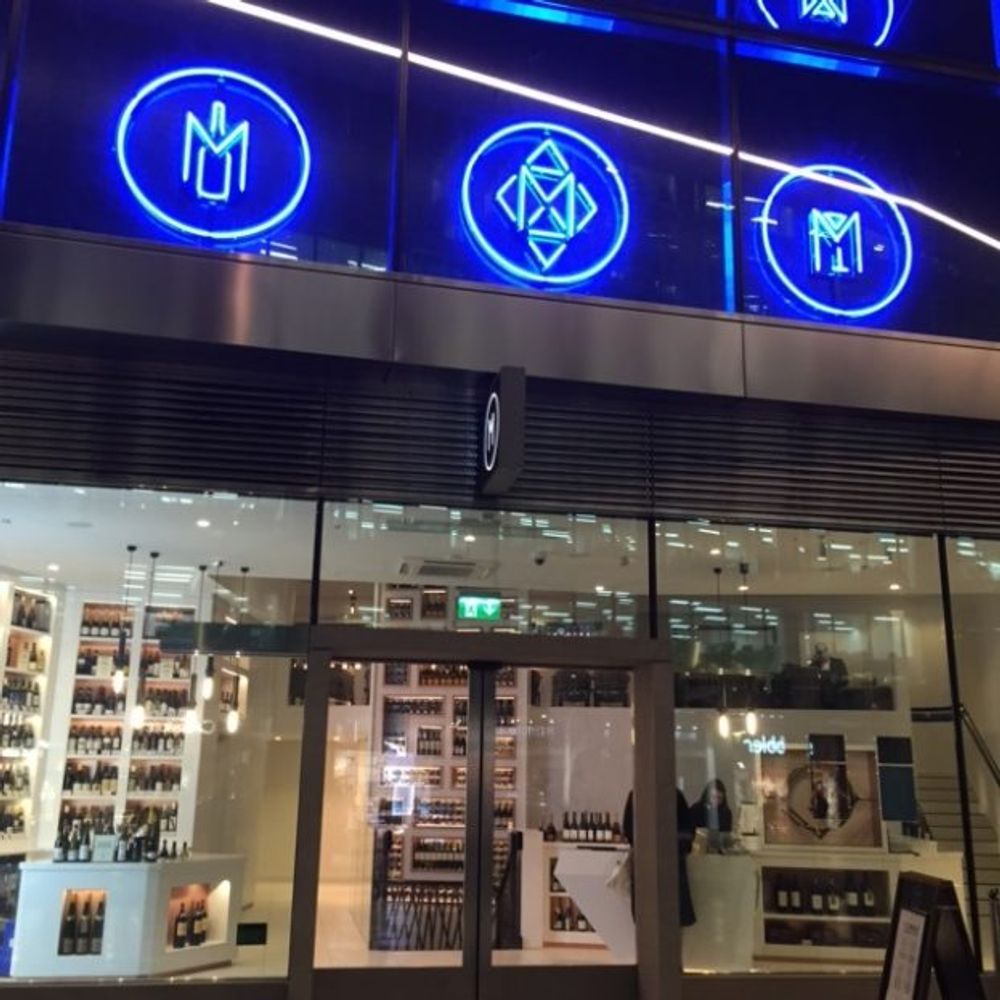
Customers can have wine at retail prices to drink with their meal on Mondays or sent by courier to their homes
Lower costs, higher margins
By rethinking logistics and keeping stocks low, a restaurant that runs an e-commerce business can keep many more wines at lower price than traditional retailers. When the price of listing wines are approaching zero, many more producers can sell their wines through many more channels. The M Wine Store presents a model where online commerce facilitates the purchase of small-scale wines.
“To have a wine store connected to the restaurant has been really successful. The clients love it,” said Charilaou. “The online sales part has been more of a struggle”, he adds. “It’s difficult to take a slice of that market. But the main benefit with having your wines available online is that you can increase your sales while improving you service offer.”
Charilaou says having your own store also makes for a better service for your on-trade customers. “If you work the floor in a restaurant you get the question every day. ”I love the wine, where can I buy it?” It’s such a waste of business to recommend some wine store or supermarket close by, yet few restaurants finds a way to make the sale.”
M also runs a free corkage night on Mondays where guests can buy a wine in the shop and then drink it in the restaurants.
It also offers a home delivery service, through the on demand service Henchman, which is literally taking their wine and drinks offer direct to their customers’ homes.
“We can offer a 45 minute delivery service anywhere in Zones 1 and 2 in London. So sometimes the wine will be there when the guest arrives home,” says Charilaou.
This might be a step too far for most restaurants with smaller budgets, but it might be closer than you think. There are technology start-ups all the time that are bringing new ideas to the sector. I came across one recently that enables restaurateurs to print out a QR codes on the bill. The guest scans it, and automatically the wine on the bill is on its way to the guest’s home. Don’t ask me how it works, but it offers great opportunities for the future.

